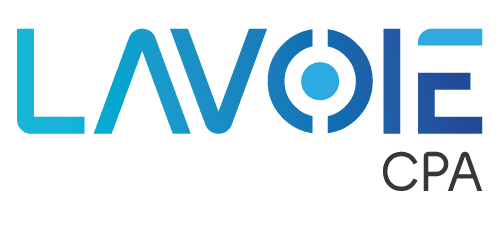When financial conversations only happen behind closed doors, collaboration suffers. In many Federally Qualified Health Centers (FQHCs), department leaders work tirelessly toward their own goals, patient access, program quality, or outreach success, but rarely see the full financial picture that connects them. The result isn’t inefficiency, it’s disconnection. And when visibility is limited, alignment becomes impossible.
Financial transparency isn’t just a reporting practice. It’s a leadership mindset that says everyone has a role in financial health.
The Leadership Shift: From Control to Collaboration
For years, finance teams were seen as gatekeepers of information, responsible for budgets, compliance, and approvals. But in a modern FQHC, finance becomes the translator between numbers and mission. When leaders share insights openly, departments start to see how their decisions ripple across the organization.
Transparency turns numbers into context. A clinic director who understands her department’s cost per encounter can make data-driven adjustments in scheduling or supply use. A program manager who sees monthly variance reports can plan ahead instead of reacting after the fact. Leadership’s willingness to share builds trust, and trust accelerates alignment.
Why Transparency Builds Accountability (the Healthy Kind)
Accountability isn’t about oversight; it’s about empowerment.
When department heads understand how financial performance ties to outcomes, they begin to view budgets as tools, not restrictions. Regular review meetings, shared dashboards, and open conversations transform financial data into a shared responsibility.
Transparency also breaks down the us vs. them dynamic that often separates operations from finance. Instead of questioning why cuts or adjustments happen, teams understand the reasoning and contribute to solutions. This creates a culture where accountability feels supportive, not punitive.
Making Information Actionable
Sharing numbers is only valuable if people know what to do with them. That’s where clarity of communication matters as much as accuracy. Dashboards and reports should be designed for accessibility, simple visuals, clear KPIs, and language that connects dollars to mission.
For example, showing how reducing supply waste in one department helped fund new screening equipment in another reinforces the link between action and impact. Transparency becomes the bridge between effort and reward.
The Cultural Dividend of Clarity
Financial transparency doesn’t just improve metrics; it strengthens morale.
When people understand how their work influences the organization’s success, they feel seen and trusted. Teams collaborate more easily, innovation rises, and financial conversations shift from defensive to creative.
This is the cultural dividend of clarity: alignment that outlasts any single budget cycle. It’s what turns a group of departments into a unified organization.
Lead with Clarity
At Lavoie CPA, we help FQHC leaders cultivate transparency through integrated systems, structured reporting, and open financial communication. Our approach empowers every level of your organization to see, understand, and act on financial insight.
Because when leadership leads with clarity, teams respond with purpose.
If your organization is ready to turn information into collaboration,
Start the conversation today.

